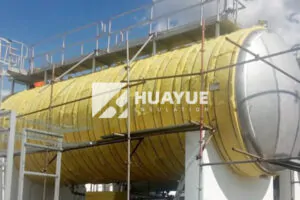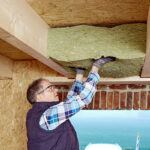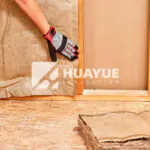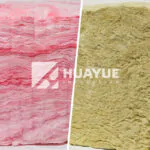Is Unfaced Batt Insulation Right for Your Project?
Is Unfaced Batt Insulation Right for Your Project?
When insulation jobs call for maximum flexibility, unfaced batts offer the perfect solution for many spaces.
Unfaced batt insulation is fiberglass wool without vapor barriers or facings. It works well in interior walls, floors, ceilings, and areas where moisture control is not a concern.

I have often chosen unfaced batts for simple, quick retrofits or projects where vapor barriers are not needed.
What Is the Difference Between Faced and Unfaced Batt Insulation?
Not all batt insulation is coated or faced. The choice matters for moisture control.
Faced batts have a vapor barrier attached—usually foil or paper—while unfaced batts are just pure fiberglass, best for spaces where moisture is not a problem.
Faced batts are for areas with risk of vapor crossing between warm and cold spaces. Unfaced batts work well inside buildings, such as between interior rooms or floors.
| Batt Type | Vapor Barrier | Best Use |
|---|---|---|
| Faced | Yes | Exterior walls, attics |
| Unfaced | No | Interior walls, floors |
Where Should You Use Unfaced Batt Insulation?
Some areas inside a building do not need vapor barriers, making unfaced batts ideal.
Unfaced batts are best for interior walls, ceilings between floors, and some basements—anywhere moisture is not a concern and air movement control is the goal.
Installers use these for sound control, fire separation, or simply to add insulation without changing moisture migration.
| Application | Why Use Unfaced Batts |
|---|---|
| Interior partition walls | No vapor transmission |
| Ceiling/floor cavities | Sound or temperature control |
| Basements (dry) | Flexible application |
How Is Unfaced Batt Insulation Installed?
Unfaced batts are simple to install and fit fast.
Fit unfaced batts snugly in wall or ceiling cavities with minimal cutting. No stapling or sealing of facings is necessary, saving labor and time.
I have seen teams insulate whole buildings much faster with unfaced batts in interior spaces, since you just place them and add drywall.
| Step | Action |
|---|---|
| Measure bay or cavity | Cut if required |
| Place batt in position | Fit snugly, no staple needed |
| Install drywall | Complete as usual |
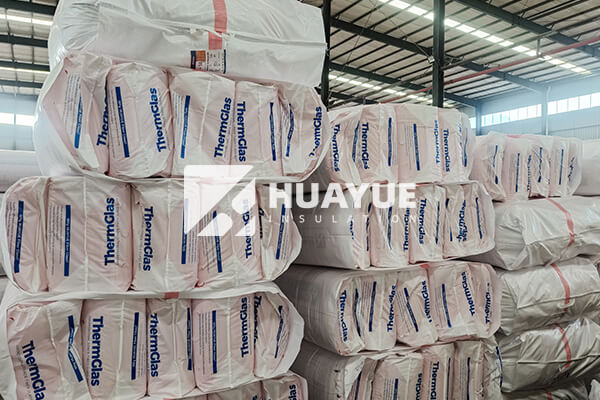
Does Unfaced Batt Insulation Provide Fire and Sound Control?
Fiberglass is naturally fire-resistant and absorbs sound, even without a facing.
Unfaced batts are noncombustible and offer excellent sound absorption, making them a good choice for improving both fire safety and quietness inside buildings.
| Performance Factor | Benefit Provided |
|---|---|
| Fire resistance | High, glass wool |
| Sound control | Excellent |
Conclusion
Unfaced batt insulation offers a flexible, fast solution for interior walls, floors, and ceilings—boosting comfort, sound control, and safety where vapor barriers are not needed.
You may also be interested in:
Ready to Get Started?
Get in touch with our experts for personalized solutions tailored to your needs.
Get Free QuoteLatest Articles
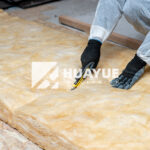
How to Cut Fiberglass Insulation Easily and Safely?
Nov 21, 2025
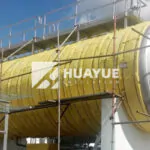
Does fiberglass insulation burn?
Nov 19, 2025
Let's Work Together
Ready to take your business to the next level? Get in touch with our team of experts and let's discuss how we can help you achieve your goals.
Get Free Solutions


